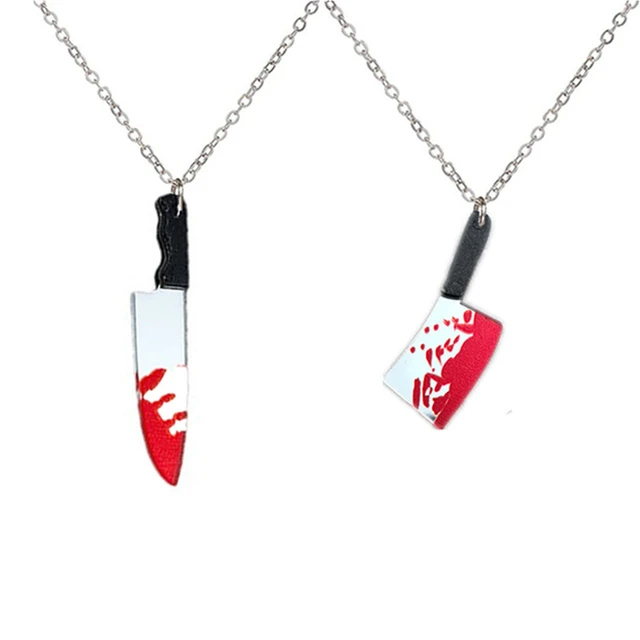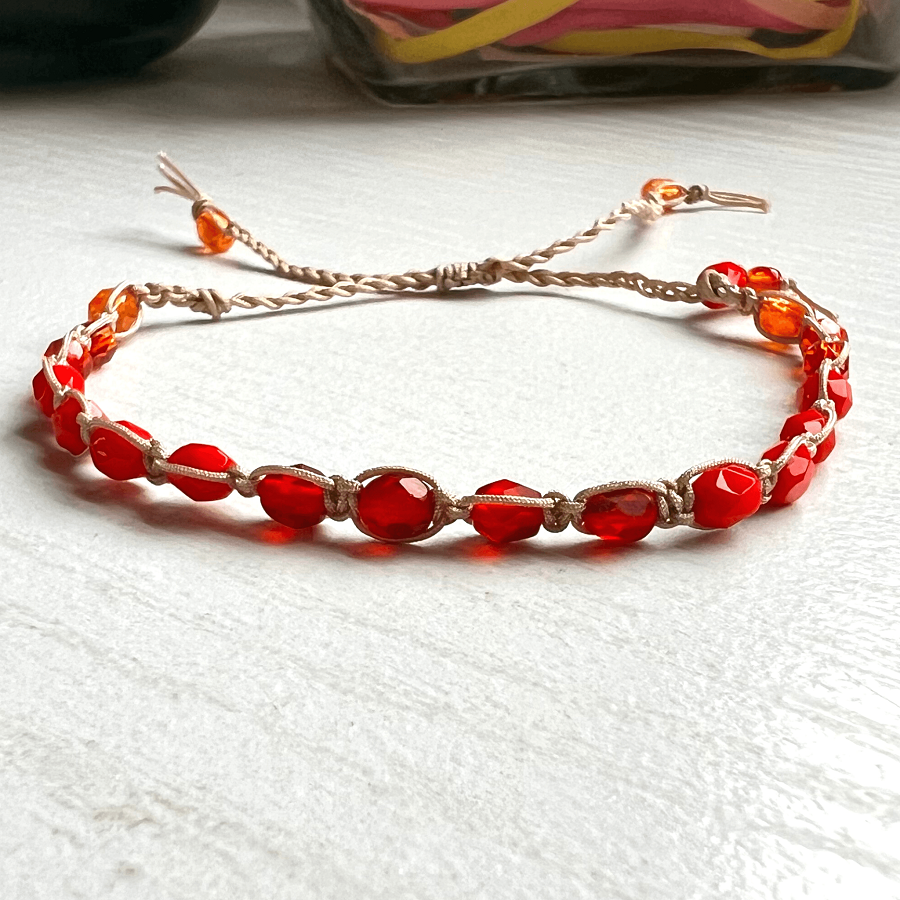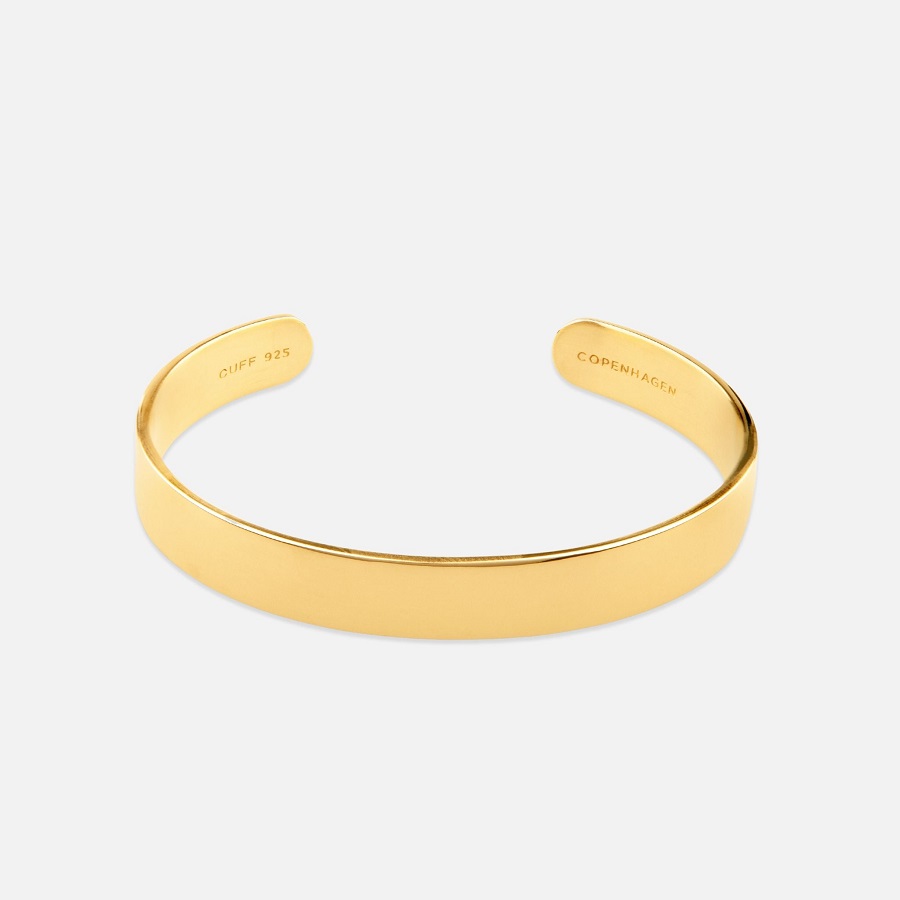Knife necklace
The knife, a tool as ancient as humanity itself, has a long and complex history intertwined with survival, power, and symbolism. Beyond its practical uses, the knife has also found its way into the realm of adornment, taking on a unique and powerful meaning in the form of knife necklaces. These distinctive pieces of jewelry hold cultural significance, evoke various emotions, and represent diverse concepts, making them more than just accessories; they are statements. This article will delve into the fascinating history, cultural implications, and contemporary interpretations of knife necklaces, exploring the multifaceted ways in which these seemingly simple objects have become powerful symbols across different societies and time periods.
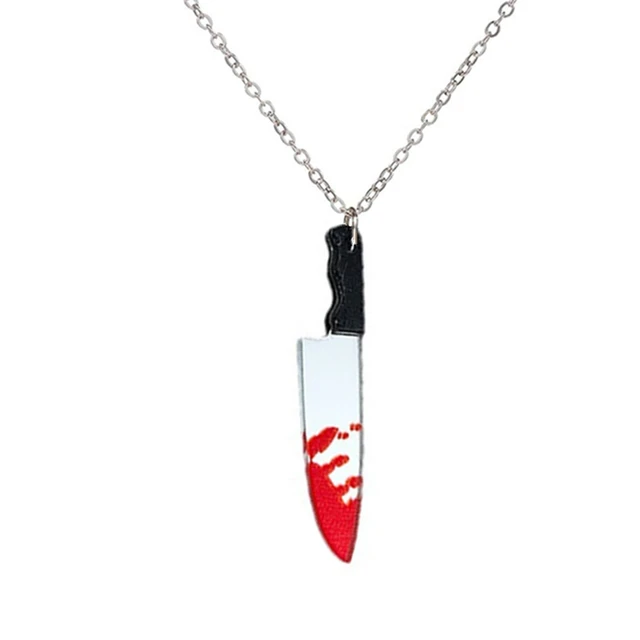 A History of Cutting Edge Adornment: From Ancient Origins to Modern Interpretations
A History of Cutting Edge Adornment: From Ancient Origins to Modern Interpretations
The origins of knife necklaces can be traced back to ancient civilizations. In many cultures, knives were not merely tools but also served as protective amulets and symbols of power.
Ancient Significance:
- Protection and Warding Off Evil: In ancient Egypt, knives were associated with the god Horus, who was believed to protect against evil forces. Egyptians often wore knife amulets around their necks as a shield against malevolent spirits.
- Status and Authority: In ancient Rome, knives were often worn by soldiers and officers as a sign of their rank and authority. These knives, often decorated with intricate designs, served as a reminder of their military power and status within the Roman legion.
- Sacrificial Rituals: In ancient Celtic cultures, knives played a significant role in rituals and ceremonies. Knives were believed to have mystical powers and were used in offerings to deities. Knife necklaces may have served as a connection to the spiritual realm and a symbol of respect for the divine.
Medieval and Renaissance Eras:
During the medieval period, knives continued to hold importance as symbols of power and protection. Knights and nobles often wore knives adorned with precious metals and gemstones as part of their attire, signifying their status and wealth. These knives, often displayed prominently on their belts or attached to their chainmail, served as both functional weapons and decorative accessories.
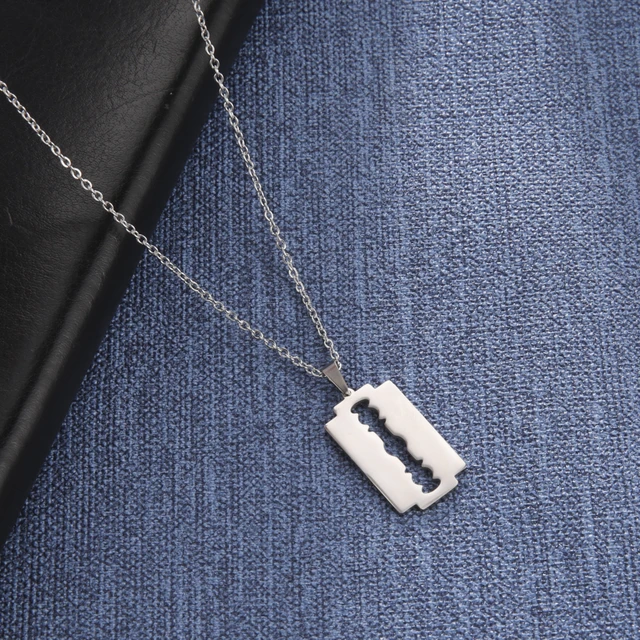 Modern Revival:
Modern Revival:
In the 20th and 21st centuries, knife necklaces have witnessed a resurgence in popularity, particularly among subcultures and fashion movements that embrace non-conformist aesthetics. The resurgence of knife necklaces can be attributed to various factors:
- Punk and Goth Subcultures: The rebellious spirit and anti-establishment nature of punk and goth subcultures have embraced the knife as a symbol of defiance and individuality. Knife necklaces have become a staple accessory for these subcultures, symbolizing their rejection of conventional norms and their embrace of alternative aesthetics.
- Contemporary Art and Fashion: Artists and designers have incorporated knives into their works, drawing inspiration from the historical and cultural significance of the object. Knife necklaces have become a recurring theme in contemporary fashion, appearing in runway shows and high-end jewelry collections.
- Pop Culture Influences: Popular culture has also played a role in the renewed interest in knife necklaces. Films, TV shows, and music have often featured characters wearing knife necklaces, associating them with rebelliousness, strength, and coolness.
The Many Faces of a Symbol: Interpreting the Meaning of Knife Necklaces
Knife necklaces carry a multitude of interpretations and meanings, depending on the context and wearer’s intentions. It’s essential to understand the diverse meanings associated with these pieces of jewelry to grasp their significance and appreciate their unique symbolism.
Protection and Power:
- Amulets and Warding Off Evil: As previously mentioned, knife necklaces can serve as amulets, offering protection against negative energies and malevolent spirits. They symbolize resilience and a fierce spirit, reminding the wearer of their inner strength and ability to overcome adversity.
- Personal Empowerment and Assertiveness: In some contexts, knife necklaces represent the wearer’s assertiveness and determination. They symbolize their ability to stand up for themselves and defend their beliefs, signifying their readiness to take charge of their lives and destinies.
- Guardianship and Defense: The knife itself has been associated with protection and defense throughout history. Knife necklaces can symbolize a commitment to protecting oneself and loved ones, signifying a watchful and protective presence.
Rebellion and Nonconformity:
- Defiance of Authority and Social Norms: In certain subcultures, knife necklaces can represent rebellion against conventional norms and societal expectations. They symbolize a rejection of conformity and a desire for individuality, expressing a defiance of established power structures.
- Alternative Identity and Counterculture: Knife necklaces are often associated with countercultures and subcultures that embrace alternative aesthetics and ideologies. They symbolize a rejection of mainstream trends and a preference for expressing individuality through unconventional means.
- Personal Empowerment and Self-Expression: Knife necklaces can be a powerful tool for self-expression, allowing individuals to communicate their unique identities and beliefs through their choice of accessories. They can symbolize a desire for authenticity and a rejection of societal pressures to conform.
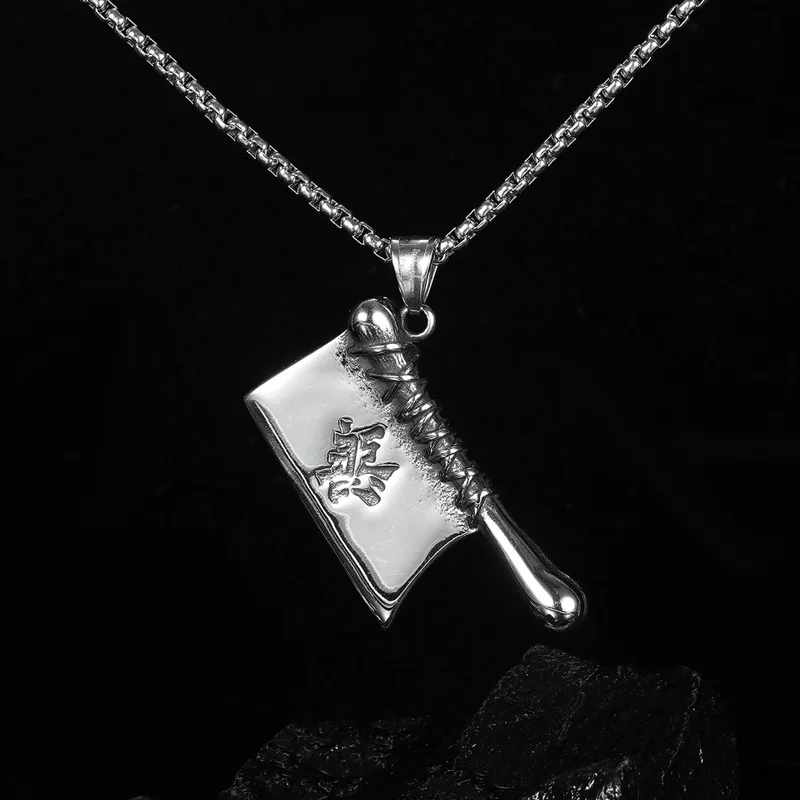 Symbolism of Identity and Cultural Heritage:
Symbolism of Identity and Cultural Heritage:
- Cultural Heritage and Ancestry: Knife necklaces can represent cultural heritage and ancestral ties. In certain communities, specific types of knives or designs may hold specific cultural meaning, reflecting the history and traditions of the group.
- Community and Belonging: For some individuals, wearing a knife necklace signifies their belonging to a particular community or subculture. It can represent shared beliefs, values, and experiences, fostering a sense of unity and connection.
- Individuality and Personal Style: Despite the diverse meanings associated with knife necklaces, they ultimately allow individuals to express their unique identities and personal styles. They can be incorporated into various outfits and aesthetic expressions, reflecting the wearer’s individual personality and preferences.
The Contemporary Evolution of Knife Necklaces: From Subculture to Mainstream
While knife necklaces have a long history steeped in cultural significance, their contemporary evolution is equally fascinating. As societal norms evolve and the boundaries between subcultures and mainstream culture blur, knife necklaces have found their way into diverse contexts and interpretations.
High Fashion and Luxury Jewelry:
Contemporary designers have embraced the symbolism and aesthetic appeal of knife necklaces, integrating them into high-fashion collections and luxury jewelry lines. This shift reflects a growing interest in alternative aesthetics and the desire for jewelry that goes beyond traditional conventions.
Pop Culture Influences and Celebrity Endorsement:
Pop culture has also played a significant role in the mainstream acceptance of knife necklaces.
Diversity of Designs and Materials:
Contemporary knife necklaces exhibit a wide range of designs and materials, catering to diverse tastes and styles. From minimalist silver pendants to elaborate gold chains adorned with intricate knife designs, there is a knife necklace to suit every aesthetic preference.
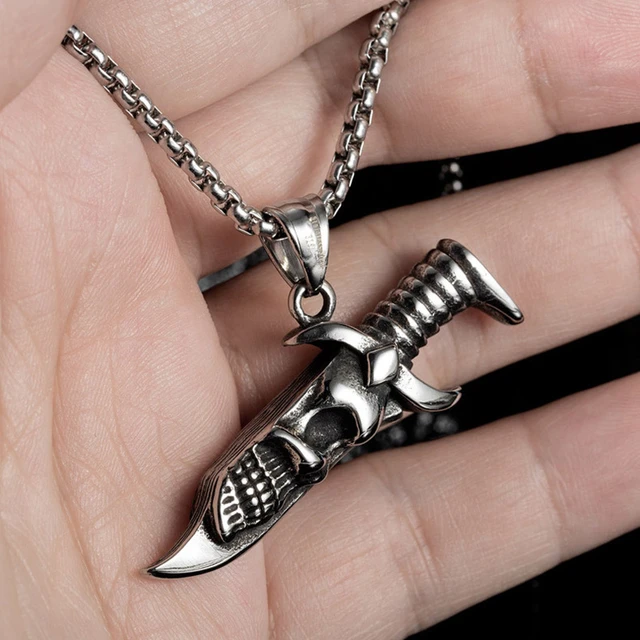
Some ideas for styling a knife necklace with other accessories:
Here are some ideas for styling a knife necklace with other accessories:
edgy look:
- Stacking rings: Layer on several chunky rings made of metal, leather, or wood to enhance the edgy vibe.
- Studded bracelets: Leather or metal bracelets with studs add to the rebellious aesthetic.
- Chain link bracelets: Bold chain link bracelets complement the strong lines of the knife necklace.
- Leather jacket: A leather jacket adds a touch of biker chic and completes the edgy look.
minimalist look:
- Thin chain necklace: Layer a delicate chain necklace underneath the knife necklace for a subtle contrast.
- Simple earrings: Small stud earrings or simple hoops will keep the focus on the necklace.
- Minimalist bracelet: A thin chain bracelet or a minimalist leather bracelet adds a touch of elegance.
- Oversized sweater or dress: A loose-fitting sweater or dress will allow the necklace to stand out as a focal point.
bohemian look:
- Long, flowing scarf: A scarf in a vibrant color or a flowing fabric will create a bohemian vibe.
- Beaded bracelets: Stack several beaded bracelets in different colors and patterns for a touch of bohemian flair.
- Earthy toned clothing: Wear a dress or shirt in natural colors like browns, greens, or blues to complement the bohemian aesthetic.
- Boho hat: A wide-brimmed hat adds to the bohemian feel and completes the look.
General tips:
- Choose accessories in complementary colors and textures: Consider the overall color scheme and texture of your outfit when choosing accessories.
- Don’t be afraid to experiment: The most important thing is to find a style that you feel confident and comfortable in.
A guide to choosing a knife necklace
Here’s a guide to choosing a knife necklace, with a focus on safety and style:
Safety First
- Blade Type: Opt for necklaces with blunt, rounded or decorative blades. Avoid sharp, pointed blades as they pose a safety risk.
- Material: Choose necklaces made from non-metal materials like wood, resin, or plastic for less risk of injury.
- Secure Closure: Look for necklaces with strong, reliable clasps that won’t easily come undone.
- Placement: Wear the necklace at a safe distance from your face and neck to prevent accidental scratches.
- Avoid Activities: Remove the necklace during activities where it could get caught or cause harm, like sports or roughhousing.
Style & Design
- Your Personal Style: Choose a necklace that complements your aesthetic – boho, gothic, minimalist, or edgy.
- Metal Finishes: Consider finishes like silver, gold, brass, or black for a desired look.
- Embellishments: Look for necklaces with decorative elements like beads, stones, or engravings.
- Size & Shape: Choose a necklace that sits comfortably on your neck and complements your physique.
Additional Considerations
- Chain Strength: Choose a chain that’s strong enough to hold the weight of the knife pendant.
- Brand Reputation: Research the brand or artisan to ensure quality and craftsmanship.
- Care Instructions: Check for specific care instructions to keep the necklace in good condition.
Remember: While knife necklaces can be fashionable, safety should always be your top priority.
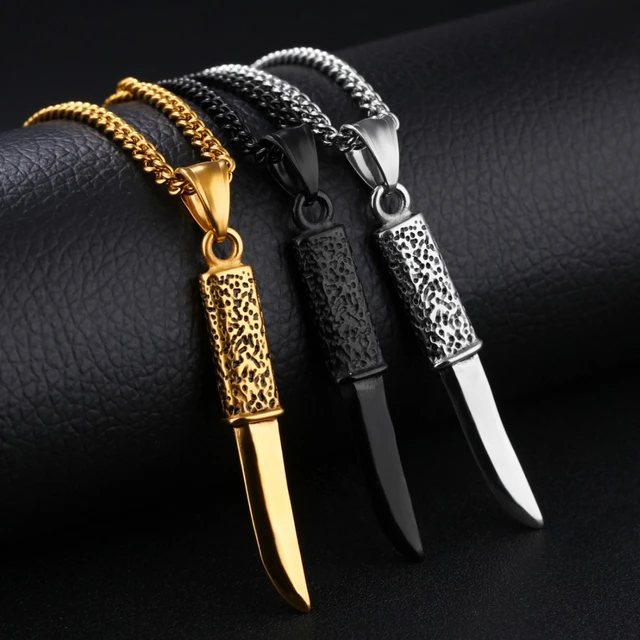 Conclusion: The Enduring Appeal of the Knife Necklace
Conclusion: The Enduring Appeal of the Knife Necklace
Knife necklaces, while seemingly simple objects, hold a rich tapestry of history, symbolism, and cultural significance.As societal norms continue to evolve and the boundaries between subcultures and mainstream culture blur, the appeal of knife necklaces continues to endure, offering a unique way to express individuality and celebrate the enduring power of a timeless symbol. The knife, in its diverse forms, continues to captivate the imagination and serve as a powerful reminder of the enduring connection between humans and their tools, their traditions, and their aspirations.
